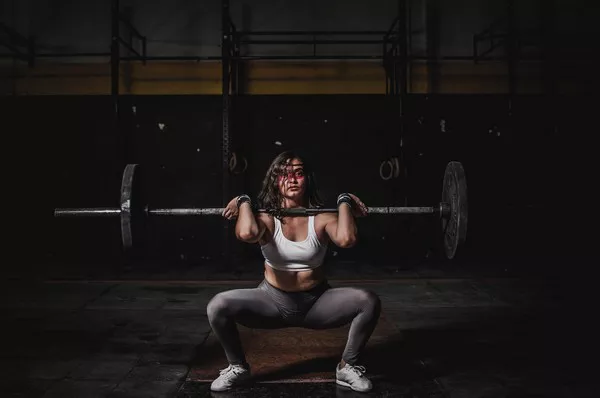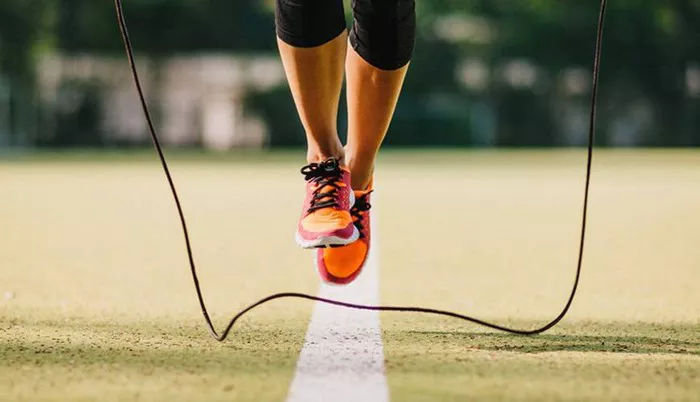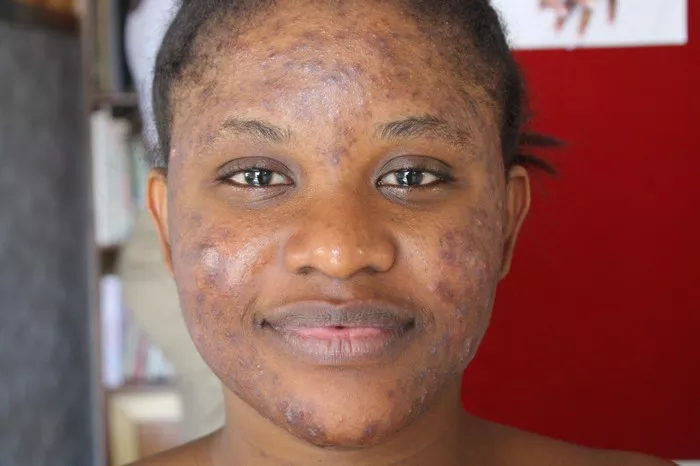Aerobic exercise, often referred to as cardiovascular exercise or simply “cardio,” is any activity that increases your heart rate and gets your blood pumping. Common forms of aerobic exercise include running, cycling, swimming, walking, dancing, and many group fitness classes. People engage in aerobic exercise for various reasons: to lose weight, improve heart health, boost stamina, or simply maintain a healthy lifestyle. One of the most frequently asked questions about aerobic exercise is how many calories are burned during these activities. Understanding this can help you set realistic fitness goals, whether you’re trying to shed a few pounds or simply improve your overall health.
The number of calories burned during aerobic exercise varies widely depending on several factors. These include the type of exercise, intensity, duration, and individual characteristics such as body weight, fitness level, and metabolism. In this article, we’ll break down how these factors influence calorie burn, explore the different types of aerobic exercise, and provide tips on how to maximize the number of calories you can burn during your workouts.
The Basics of Calorie Burn
Before we dive into the specifics of how many calories you can burn during aerobic exercise, it’s important to understand the basic principle behind calorie burn in general. A calorie is simply a unit of energy, and your body requires a certain amount of energy to perform all its functions, including moving muscles, digesting food, and even resting. The energy your body uses to perform these tasks comes from the food and drink you consume.
When you engage in physical activity, your body uses more energy, and this leads to the burning of calories. The more intense the exercise, the more energy is required, and consequently, the more calories are burned. Aerobic exercises increase your heart rate and force your muscles to work harder, which leads to a higher calorie burn.
Factors That Affect Calorie Burn
Several factors influence how many calories you burn during aerobic exercise. Understanding these factors can help you tailor your workout routine to meet your specific goals.
1. Intensity of the Exercise
The intensity of the exercise is one of the most significant factors that determines how many calories you burn. High-intensity aerobic exercises, such as running or cycling at a fast pace, will burn more calories than low-intensity activities like walking or light stretching. The higher your heart rate and effort level, the more energy your body uses.
For instance, sprinting or interval training (alternating between high and low-intensity efforts) can significantly increase calorie burn due to the extra energy required during the high-intensity bursts. On the other hand, moderate-intensity exercises like steady-state jogging or brisk walking will still burn calories, but not as many as their more intense counterparts.
2. Duration of the Exercise
The longer you exercise, the more calories you will burn. Generally speaking, longer durations of aerobic activity lead to greater calorie expenditure. However, the relationship isn’t always linear. As you become more conditioned and your body adapts to the exercise, you might burn fewer calories per minute than when you first started, even at the same intensity level. This phenomenon is often referred to as “exercise efficiency.”
To maximize calorie burn, you can try to gradually increase the duration of your workouts, or incorporate interval training, which alternates between intense bursts of activity and recovery periods.
3. Body Weight
Your body weight plays a crucial role in determining how many calories you burn during aerobic exercise. Individuals with higher body weights generally burn more calories because their bodies require more energy to move. This is because larger bodies have more muscle mass and fat, both of which need energy to be mobilized during activity.
For example, a person who weighs 150 pounds may burn fewer calories than someone who weighs 200 pounds while doing the same exercise at the same intensity. This is why weight is often taken into consideration when calculating calorie expenditure.
4. Fitness Level
Your fitness level also impacts how many calories you burn during aerobic exercise. If you’re new to exercise or are just beginning to incorporate aerobic activities into your routine, your body will burn more calories because it’s working harder to perform tasks that are unfamiliar. As you get fitter, your body becomes more efficient at performing these movements, which may result in fewer calories burned for the same activity.
To continue seeing calorie-burning results as your fitness improves, it’s important to progressively challenge yourself by increasing intensity, duration, or the type of exercise.
5. Metabolism
Metabolism refers to the rate at which your body burns calories to fuel various functions. This rate can vary significantly from person to person and is influenced by factors such as age, sex, genetics, and hormones. For example, people with a higher basal metabolic rate (BMR) tend to burn more calories at rest and may also burn more during exercise.
Age can also affect metabolism, as it generally slows down with age, leading to fewer calories being burned during exercise and at rest. Women tend to have a lower metabolic rate than men due to differences in muscle mass, as muscle tissue burns more calories than fat tissue.
6. Age and Gender
Age and gender both influence calorie burn. As mentioned, your metabolism tends to slow down as you age, which can affect the number of calories you burn. Additionally, muscle mass decreases with age, leading to a slower calorie burn. However, regular aerobic exercise can help mitigate some of the age-related decline in metabolism.
Gender plays a role because men typically have more muscle mass than women, which leads to a higher rate of calorie burn during exercise. Muscle burns more calories at rest compared to fat, so men often burn more calories overall, even when performing the same exercise as women.
Calorie Burn in Different Types of Aerobic Exercise
Now that we’ve covered the factors that influence calorie burn, let’s explore the approximate number of calories burned during various types of aerobic exercises. Keep in mind that these are estimates, and the actual number of calories burned can vary based on the individual factors we discussed earlier.
1. Running
Running is one of the most effective aerobic exercises for burning calories. It engages multiple muscle groups and can be done at varying intensities. A 155-pound person running at a moderate pace of 5 miles per hour (12-minute mile pace) for 30 minutes can burn around 300 calories. Running at a faster pace, such as 6 miles per hour, can increase the calorie burn to around 370 calories for the same duration.
Sprinting and interval training are particularly effective for boosting calorie burn, as they challenge the body to perform at maximum intensity.
2. Cycling
Cycling, whether indoors on a stationary bike or outdoors on a road bike, is another excellent form of aerobic exercise. A 155-pound person cycling at a moderate pace of 12 to 14 miles per hour for 30 minutes can burn approximately 300 calories. For a more intense cycling session, such as racing or high-intensity interval cycling, calorie burn can increase significantly, with some individuals burning up to 500 calories per hour.
3. Swimming
Swimming is a full-body workout that engages nearly every muscle group. It’s also low-impact, making it ideal for individuals with joint pain or injuries. A 155-pound person swimming laps at a moderate pace for 30 minutes can burn between 250 to 400 calories, depending on the stroke and intensity. The more intense the swimming (e.g., vigorous butterfly or breaststroke), the higher the calorie expenditure.
4. Walking
Walking is a low-impact exercise that is easy on the joints and can be done by almost anyone. While it doesn’t burn as many calories as running, it’s still a great way to improve cardiovascular health. A 155-pound person walking briskly (4 miles per hour) for 30 minutes can burn about 140 calories. If you increase the intensity by walking uphill or adding weights, the calorie burn can be increased.
5. Dancing
Dancing is a fun way to get your heart rate up and burn calories. Styles such as Zumba, hip-hop, or ballet can provide a solid aerobic workout. A 155-pound person can burn around 200 to 400 calories per 30-minute session, depending on the intensity of the dance.
6. Group Fitness Classes
Group fitness classes, such as aerobics, kickboxing, or circuit training, offer a high-energy workout that can be both fun and effective for burning calories. Depending on the type of class, a 155-pound person can burn between 300 and 500 calories per hour. The more intense the class, the higher the calorie expenditure.
Conclusion
The number of calories burned during aerobic exercise depends on a variety of factors, including the type of exercise, intensity, duration, body weight, fitness level, and metabolism. While it can be difficult to pinpoint an exact number, the key takeaway is that regular aerobic exercise is an excellent way to burn calories, improve cardiovascular health, and achieve fitness goals. By understanding the factors that influence calorie burn, you can tailor your workouts to meet your specific needs and maximize your results. Whether you’re running, cycling, swimming, or dancing, incorporating aerobic exercise into your routine can have lasting benefits for your health and well-being.
Related Topics































